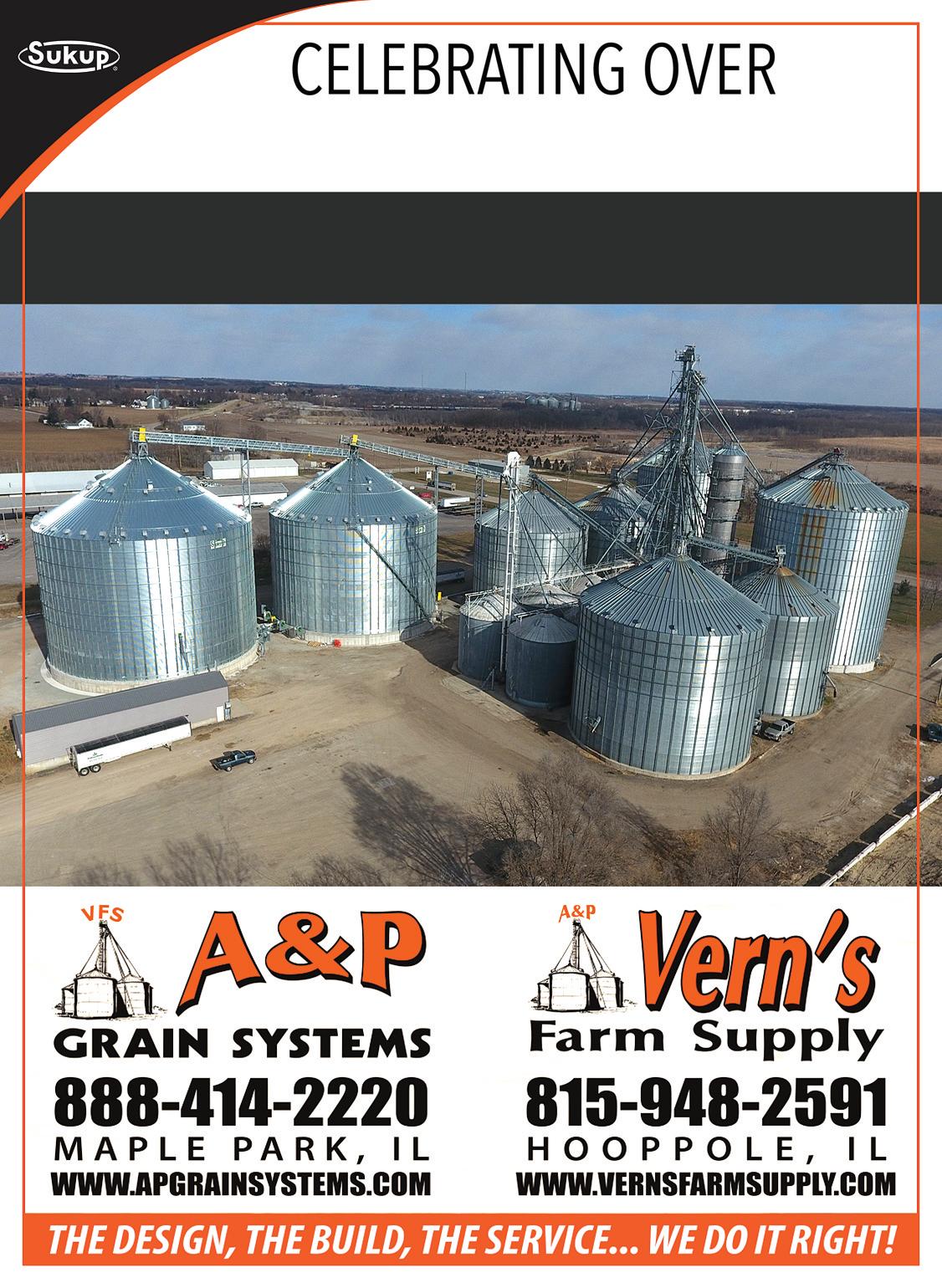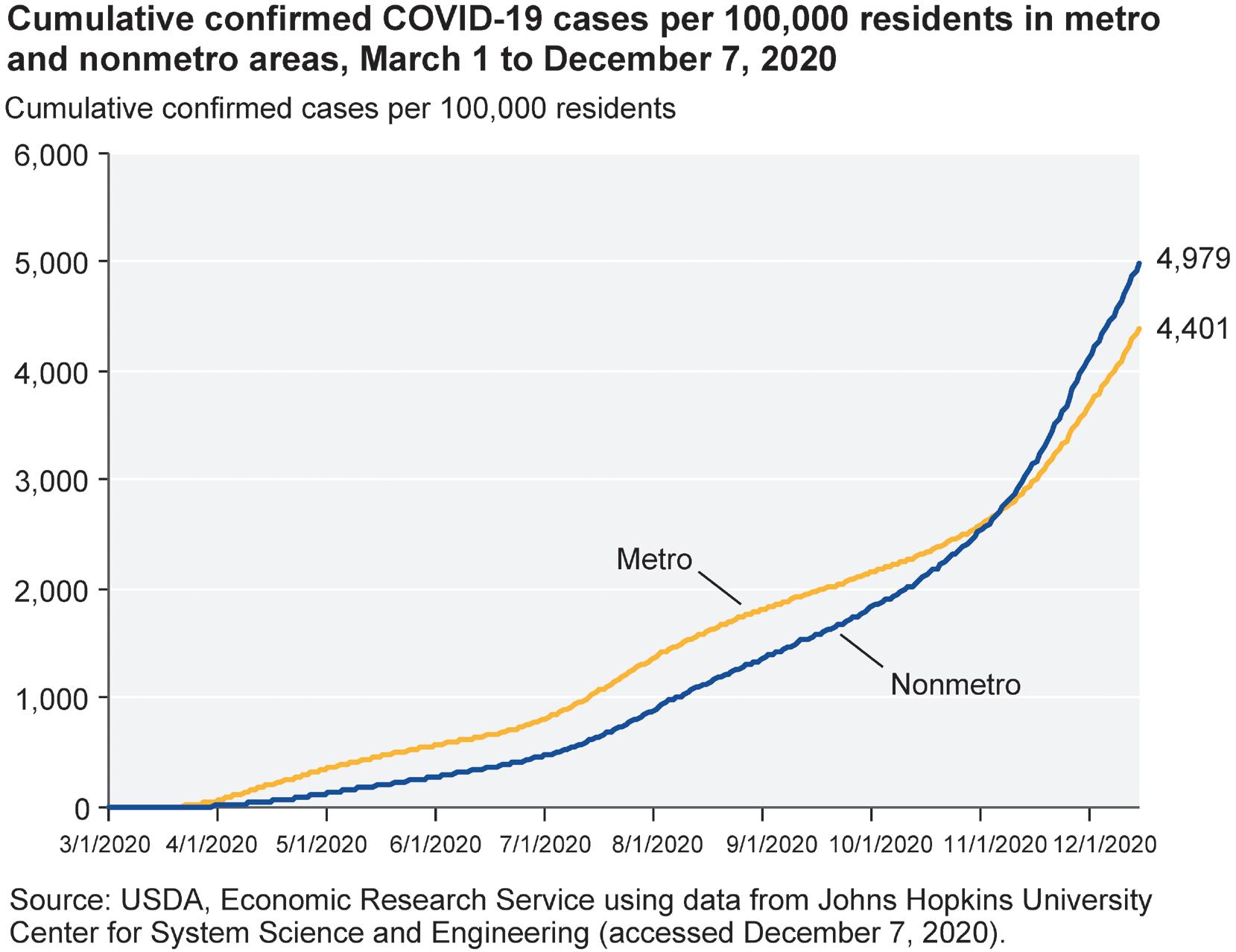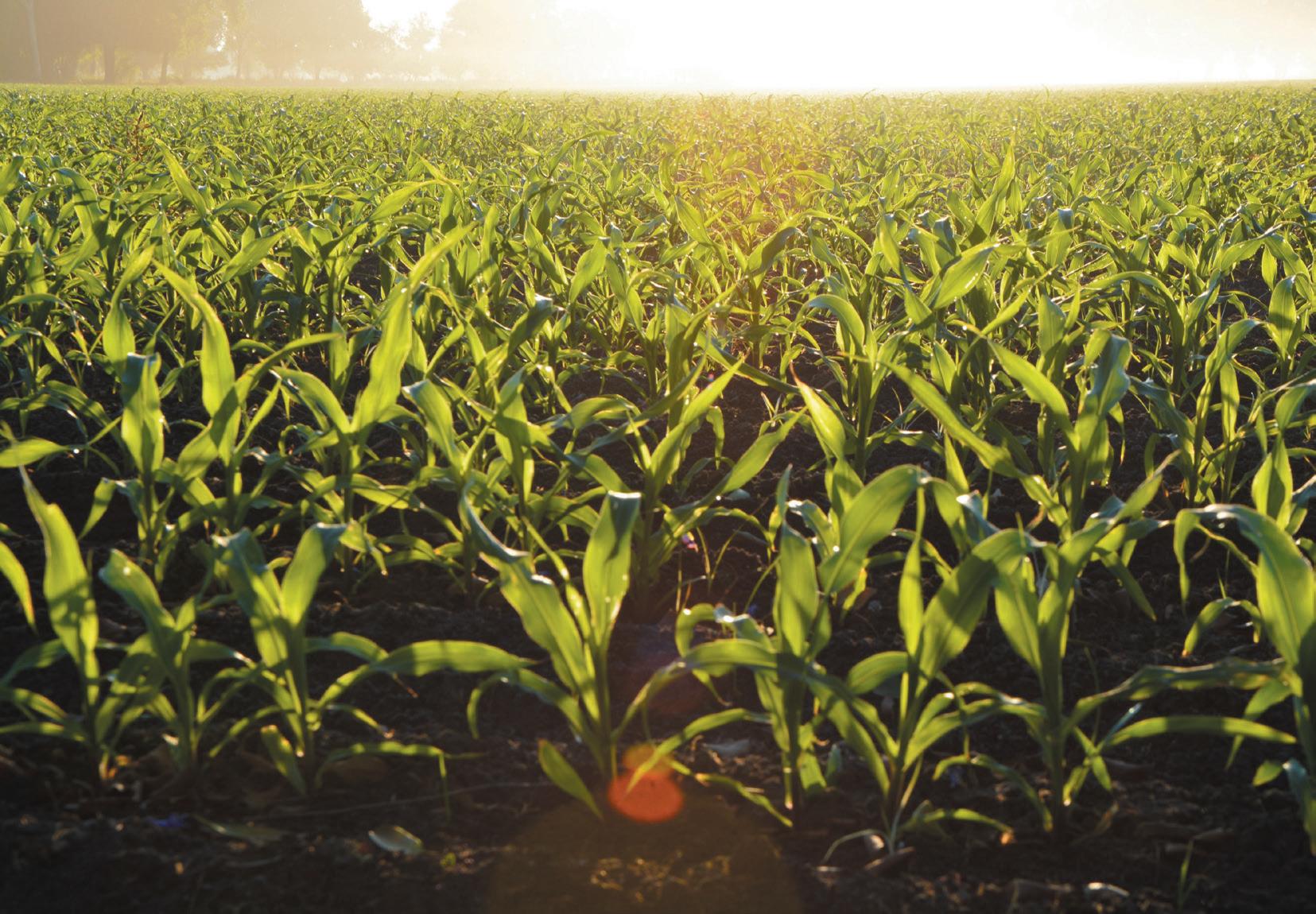
6 minute read
Incomes may take hit in 2021
By Tom C. Doran
AGRINEWS PUBLICATIONS
CHAMPAIGN, Ill. — Expectations in early 2020 were for low net farm incomes, but as everyone now knows, it was a year to expect the unexpected.
The pictured brightened by fall with lower than expected production, stronger than anticipated exports and additional ad hoc federal payments combined to boost revenues.
University of Illinois agricultural economists Gary Schnitkey and Dale Latz looked back at 2020 incomes and ahead to the new year in a recent virtual Illinois Farm Economics Summit.
The turning point for commodity prices arrived in August with hot, dry weather and a derecho storm that impacted yields in parts of Iowa, Illinois and Indiana.
The U.S. Department of Agriculture’s August forecast had the average corn yield in Iowa at 202 bushels per acre, and that was reduced to 184 by November.
“Obviously, that had a big impact on yields across the United States — 181.8 was the U.S. average in the August estimate, and now we’re looking at 175.8 bushels per acre. That was due in some extent to the yield decline in Iowa, the nation’s largest corn-producing state, and Illinois and a number of other state’s yields came down, as well,” Schnitkey said.
“As a result of that and continued good export demand, our 2020 average marketing year price has increased from $3.10 per bushel in August to $4 in November.
“There was sort of the same phenomenon for soybeans. The August USDA projected average was 53.3 bushels per acre, and that was reduced to 50.7 in November. The average marketing year price was projected at $8.35 per bushel in August and increased to $10.40 in November.”
FEDERAL AID
Along with increased prices that affected farm income in 2020, there were also farm program payments.
“There was USDA’s Wildfires and Hurricane Indemnity Program Plus for 2018 and 2019 that are being paid out now. The Paycheck Protection Program that many farmers were able to take advantage of. A large percentage of those dollars will be most likely forgiven on those notes if they’re used for eligible farm expense,” Latz noted.
“There was also Economic Injury Disaster Loans that some farmers took out. There were the additional Coronavirus Food Assistance Program and Market Facilitation Program payments on the 2020 crop along with finishing up for 2019.
“Obviously, a lot of that added to farm incomes in 2020 and supported farm incomes from the standpoint that we thought it was going to be a tough year, and it turned out to be maybe one of the better years compared to the last three or four years anyway.”
INCOME
Data from farms enrolled in Illinois Farm Business Farm Management projects 2020 accrued farm income on high-productivity farms to be in the $180,000 range.
“That’s based on yield, price projections, ad hoc federal payments and expenses. This is simply an estimate based on those factors. We are seeing See INCOMES, Page 21




Farm Drainage Waterways Structures Land Clearing
Pond Excavating Boring 29408 3450 East Street, LaMoille, IL
YOUR LOCAL
DEALER
CELEBRATING OVER 25 YEARS OF SUCCESS
FROM PAGE TWENTY
improvements from the previous year, and if this does come to fruition, that $180,000 would be the highest income we’ve had in the last five or six years,” Latz explained.
“There was kind of an income run-up in grain prices from 2006 to 2012 with the exception of lower prices in 2009. Prices then began to drop back down. We’ve been moving up a little bit the last three to four years, but still below those higher income levels previously seen. In 2018, we had significant MFP payments on soybeans that resulted in income being higher that year. The 2019 income was nearly $75,000,” Latz said.
NEW YEAR
Looking ahead to 2021, Schnitkey gave two budget scenarios.
The baseline scenario would have a trend yield of 217 bushels per acre for corn and 68 bushels per acre for soybeans; no ad hoc federal disaster assistance; and the current fall bids.
His optimistic scenario includes yields above trend, no price lowering and $25 per acre ag hoc federal assistance.
Schnitkey’s baseline 2021 corn budget for central Illinois high-productivity land included 217 bushels per acre and a price of $3.70 per bushel and 68 bushels per acre soybean yield at a price of $9.80 per bushel.
These baseline budgets resulted in $803 gross revenue per acre for corn and $666 for soybeans and do not include federal ad hoc payments or crop insurance payments. Non-land costs for corn and soybeans were $580 and $360 per acre, respectively, and cash rent at $275 per acre.
Under this scenario with 50% corn and 50% soybeans the farmer return would be an $11 per acre loss, compared to a $101 per acre profit in 2020, with ad hoc federal payments.
Under the “optimistic” projection for highly productive land in central Illinois, Schnitkey had average yields of 230 bushels per acre for corn and 70 for soybeans. He kept the prices at $3.70 per bushel for corn and $9.80 for soybeans.
The budgets also included $25 per acre in CFAP payments for corn and soybeans, resulting in corn gross revenue of $876 per acre and soybeans of $711. Schnitkey plugged-in non-land costs of $568 an acre for corn and $360 for soybeans.
Under the optimistic scenario with 50% corn and 50% soybeans, the farmer’s return would be $55 per acre with ad hoc federal payments and $30 without federal payments.
Of course, there can be hiccups along the way.
“Obviously, grain prices are one. We’ve seen an unexpected significant increase in both corn and soybean prices the last three months led by strong export markets and some hiccups in our production in certain areas of the Midwest,” Latz said. “Will there be a return to $3.60 corn and $9 soybeans?
“We’ve had strong soybean and corn yields the last number of years. We do have areas where weather patterns change, and we have drier weather or something like that and have a drop in yields.
“Probably the biggest thing as we look from 2020 to 2021 is will there be any federal ad hoc pay programs for 2021. We’re going to have a change in administration, maybe a change in philosophy and some of those things, but that obviously has been a big factor in farm income the last couple of years.
“If we continue to have strong yields, corn and soybean supplies will increase and will we continue to have a build-up in supplies that would suppress prices a little bit. It’s hard to see much of an increase in domestic use. China has been a big factor. They’ve been a big buyer of soybeans and have also turned to corn.”
Tom C. Doran can be reached at 815-780-7894 or tdoran@agrinews-pubs.com. Follow him on Twitter at: @ AgNews_Doran.
PERU WALTHAM SERVING YOUR HOME & FARM INSURANCE NEEDS SINCE 1878
Frank McConville McConville Insurance Agency Mendota & Tonica, IL 815-539-9714 815-442-3116
Linda Dose Dose Agency Oglesby, IL 815-883-8616
Call an agent today!
Bart Hartauer Hartauer Insurance Agency LaSalle, IL 815-223-1795
Mike Gonet Hartauer Insurance Agency Granville, IL 815-339-2411
Visit us online at www.perumutual.com

“Protecting Your Investment In Farmland” SM

Douglas D. Ray, AFM Accredited Farm Manager/Managing Real Estate Broker 815-872-FARM (3276)
Locally Owned and Operated by Paul & Mary Breznay
2139 N. Main St. Princeton
800 W. Dakota St. Spring Valley
1503 13th Avenue 2701 E 12th St Mendota
FREE
CHEESEBURGER
with the purchase of a cheeseburger







